Known as ‘kota batik’, which literally means the city of batik, there are several spots in Solo city, Central Java of Indonesia, where you can buy batik like pasar Klewer (pasar refers to market in Indonesian language) or kampung batik Laweyan (village). But, when you want to learn batik’s history and see the widest batik collection in the world, visit 'Danar Hadi’ Batik Museum.
What is batik?

Batik is the brownish (sometimes reddish too) flowery motifs on clothes and accessories like shirts and ‘kebaya’ (long fabric wrapped around someone’s waist), handbags, hats or house decorations like carpets, bed sheets and curtains. It’s not clear who invented batik (similar painting techniques are also found in Chinese and Indian ancient civilizations), but the history of batik can be traced back to the Majapahit era in the 13 to 16th century, when the use of batik motifs is only for the kings and the royal families. After the fall of Majapahit empire, people started to mass produce batik fabric and ordinary people began to have the motifs on their sarong (a long fabric wrapped around the waist). During the Dutch colonial era, batik was used for shirts as well. In the modern era, it has become a national icon of Indonesia. The motif is now noticeable among Indonesian school students and teachers, or when you attend formal occasions like wedding or graduation party.
Witness the widest batik collections

To visit the museum, you must have a guide and she/he will take you on a 1-hour tour around the museum. To me, all batik motif look similar. They all have dark and intertwining flowery patterns and it’s amazing to know the guide can recognize the difference between types of batiks.
This museum, which stores batik collection of one of the most prominent batik traders, Mr. Santoso Doellah’s, displays more than 500 pieces of batik fabrics of different types, which come from different places. The batik types originated from Solo are named Batik Puro Mangkunegaran, which are distinguished by their more yellowish and feminine patterns. Long time ago, these types of batik used to be made only for the royal family of Mangkunegaran kingdom (a kingdom in Solo, one of the 5 Javanese kingdoms that still maintains its special administration under the Republic of Indonesia till now), but now, just like all other batiks, it has been mass produced by many batik makers around the country.
Besides telling you about the history of batik and its type, the guide will also share that most batik types have their philosophy. ‘Boketan Pakis’, one of the Puro Mangkunegaran types, is the one full of flower motif that symbolizes true love (give this type of batik to your loved one!). Another kind of Puri Mangkunegaran batik is called Wahyu Tumurun. This type has patterns resembling crowns, which means hope for success and happiness and people usually wear this type of batik for occasions like birthday party. You will also notice that among the fabrics, there is one unique batik that pictures the story of Hansel and Gretel, a story originated from Germany, about the 2 kidnapped kids who managed to save themselves from a witch who tries to eat the children. The guide may not explain the philosophy behind it, but can you guess the philosophy yourself?
Continental batik

You will be surprised that this museum also stores collections of batik, which are not originally from Indonesia. They have their own distinctive patterns. An example would be the Chinese batik (蜡染 in Chinese). Rather than depicting flowers, it has the pictures of some animals printed on fabrics, and ceramics too.
You might be interested in these Airbnbs!
See how batik artists work

If you come during the weekdays, you will be brought to its workshop, where you will see some batik artists draw patterns using dark wax and a special tulip-like tool called ‘canting’. You will also see another method of stamping. Still using the same wax, instead of painting it with hand, they stamp the fabric with batik motifs.
In early times, wax painting by hand is the only way to make batik. At present time, although more modern techniques like wax stamping and printing (without wax) are used for batik making, many still use the traditional hand-painting method, which you will see in the workshop.
You will be fascinated by the fact that it has to go through a long process and it takes very long to complete the whole process of wax batik! First, they cook cotton fabric with starch for 5 days. After the cooking, they hammer the ‘cooked cotton’ with wooden cane. Without this process, the wax will not stick to the cotton. A couple of days after the waxing (hand-painted or stamped), the fabric would be ‘cooked’ again to remove the wax (the color remains on the fabric) and if a background color is needed, the process would be repeated.
Solo Tour Guide
Emir Yamin
When it comes to travel, the journey isn't just about reaching a destination; it's about the experiences you gather along the way. While big group tours might be the conventional choice, opting for a local guide can elevate your travel adventure to new heights. That's why I've decided to become a tour guide.During my tenure as the Chief of Media Relations, I had the opportunity to travel extensively and host numerous visitors from Indonesia. This experience not only fueled my passion for exploration but also equipped me with in-depth knowledge about Indonesia, inspiring me to contribute to the tourism sector.My expertise in tourism is rooted in my genuine interests. I have a deep love for trying new foods, leading me to discover amazing places with incredible culinary delights. Beyond gastronomy, I am passionate about nightlife, exploring the unique offerings each city has after dark. Additionally, I find joy in driving around, immersing myself in new cultures, and savoring new culinary experiences.These experiences have left an indelible mark on me, and I am eager to share the richness of each city's culture, food, and nightlife with all of you. Join me on a journey where every tour is not just a trip; it's a collection of unforgettable moments.
Tours by Emir
Buy batik

At the end of the tour, the guide will bring you to Danar Hadi shop, located in the museum area. The clothes sold here are the products of Danar Hadi, hence you will find premium batik clothes which can cost more than 100 USD. However, you can also find products that costs as low as 13 USD. The ones that used the waxing, especially the hand-painted batiks, cost more expensive than the printed ones.
Affordable and easy to reach
Located on the major road of Solo, Jalan Slamet Riyadi, this museum is very easy to reach. It’s only 20 minutes from Adi Sucipto airport. The entrance ticket is very affordable too, 3 USD (half price for children) including the guide. The museum is open 7 days a week from 8am to 4 pm. Make sure you don’t miss this museum when you are in Solo!
History
Get Trip101 in your inbox
Unsubscribe in one click. See our Privacy Policy for more information on how we use your data







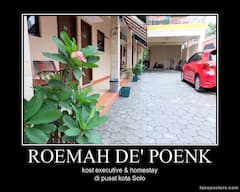
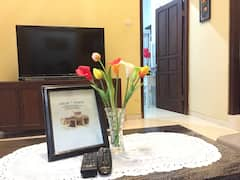

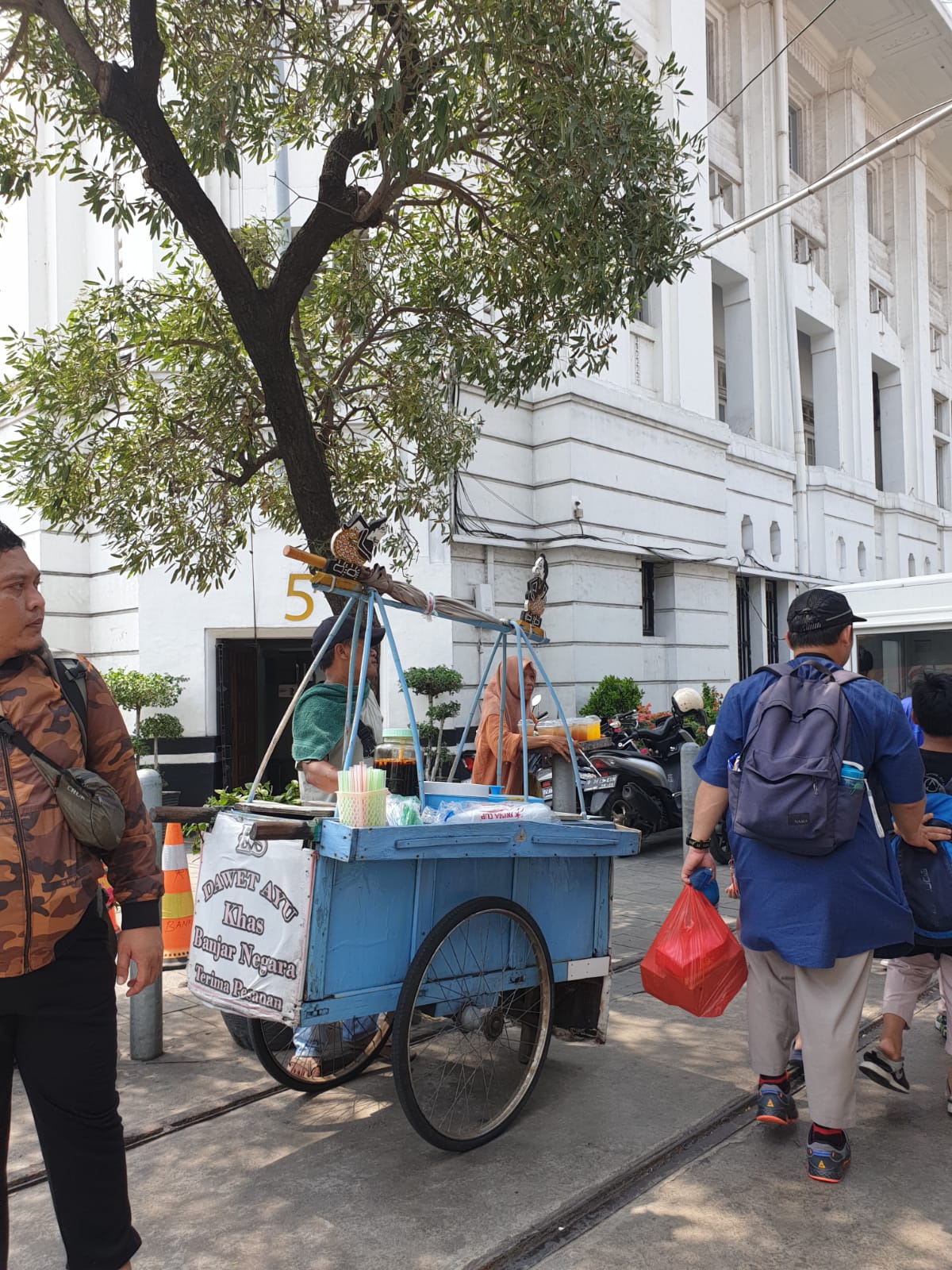
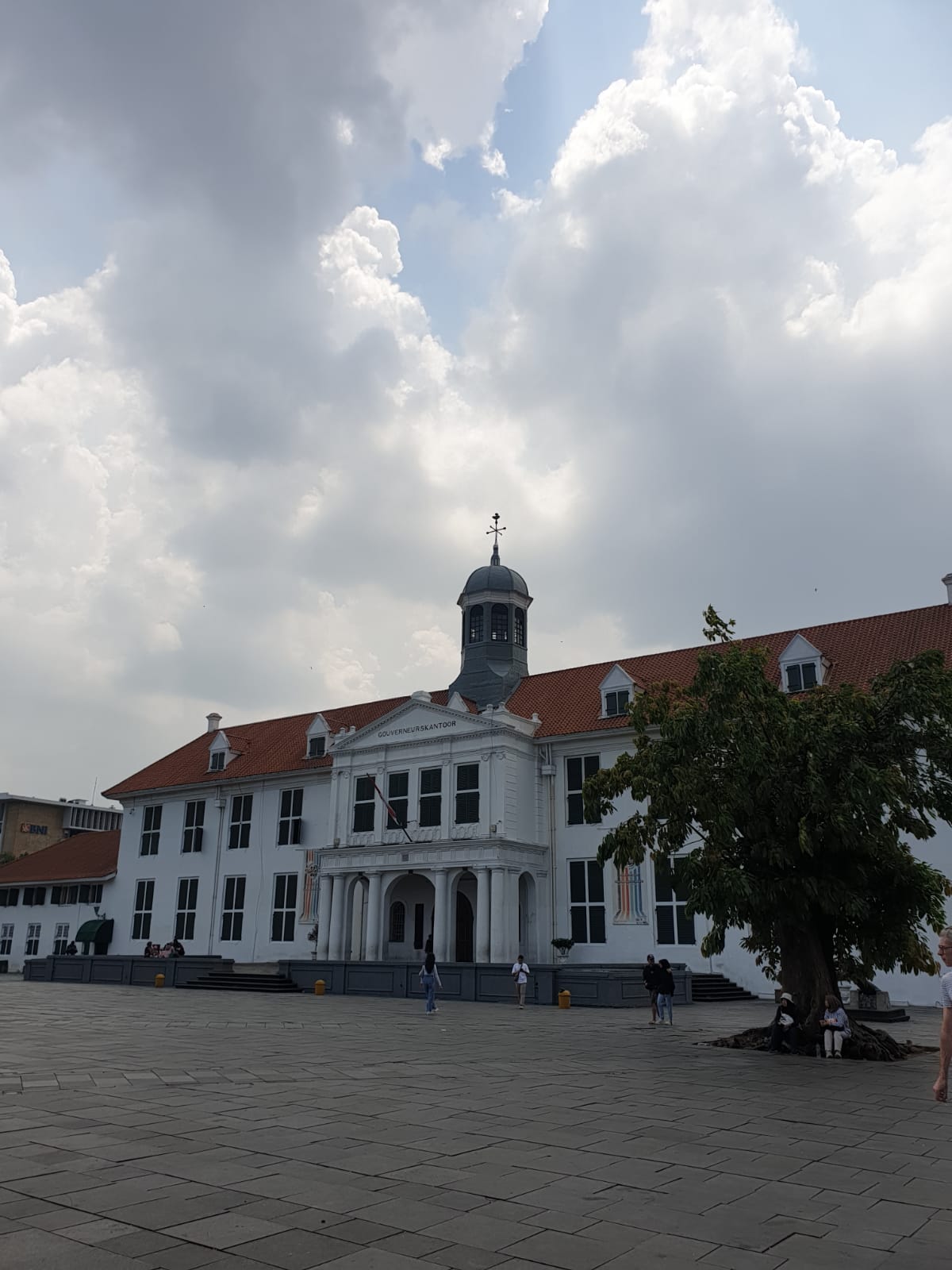
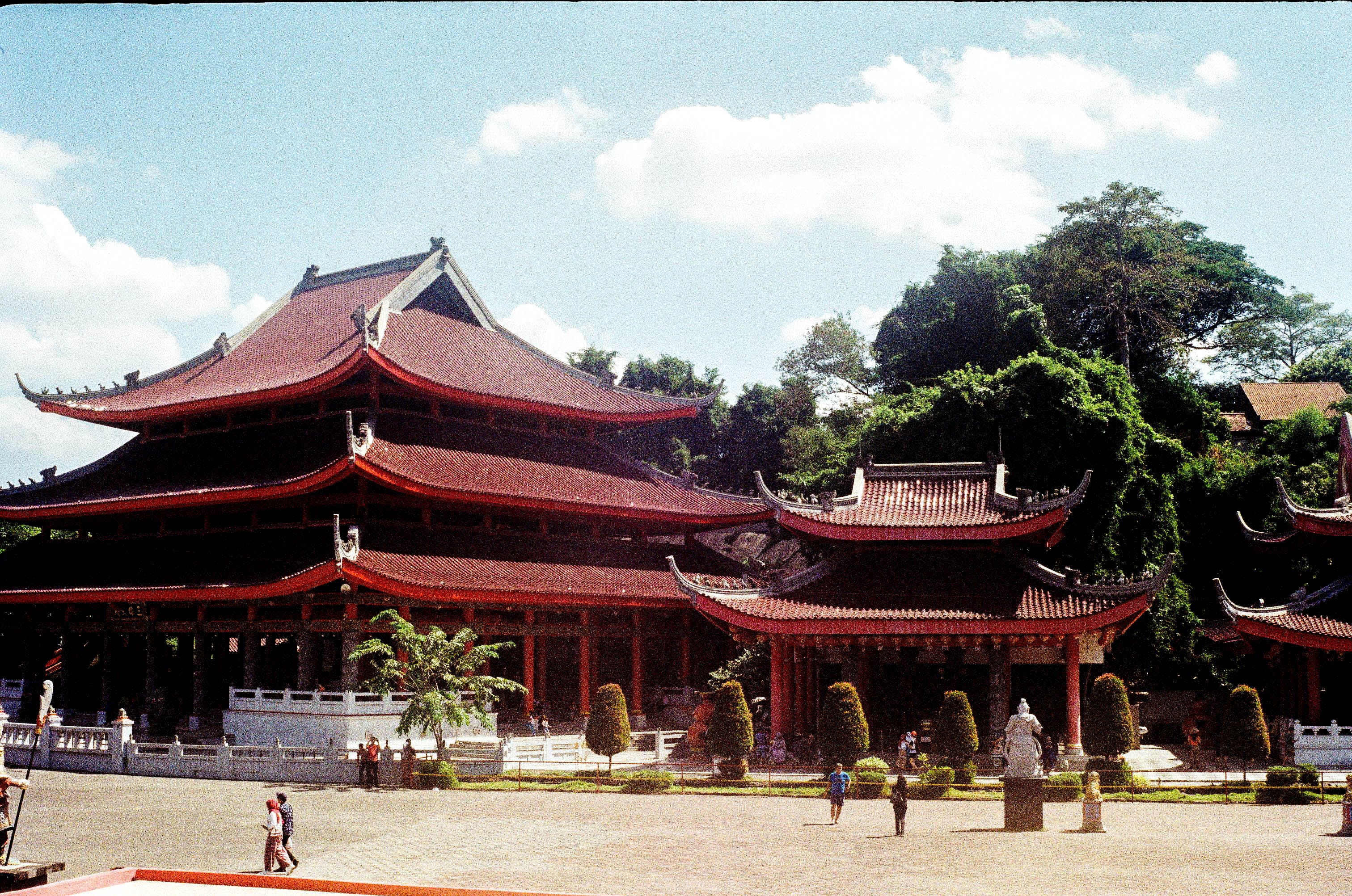









Create an account to